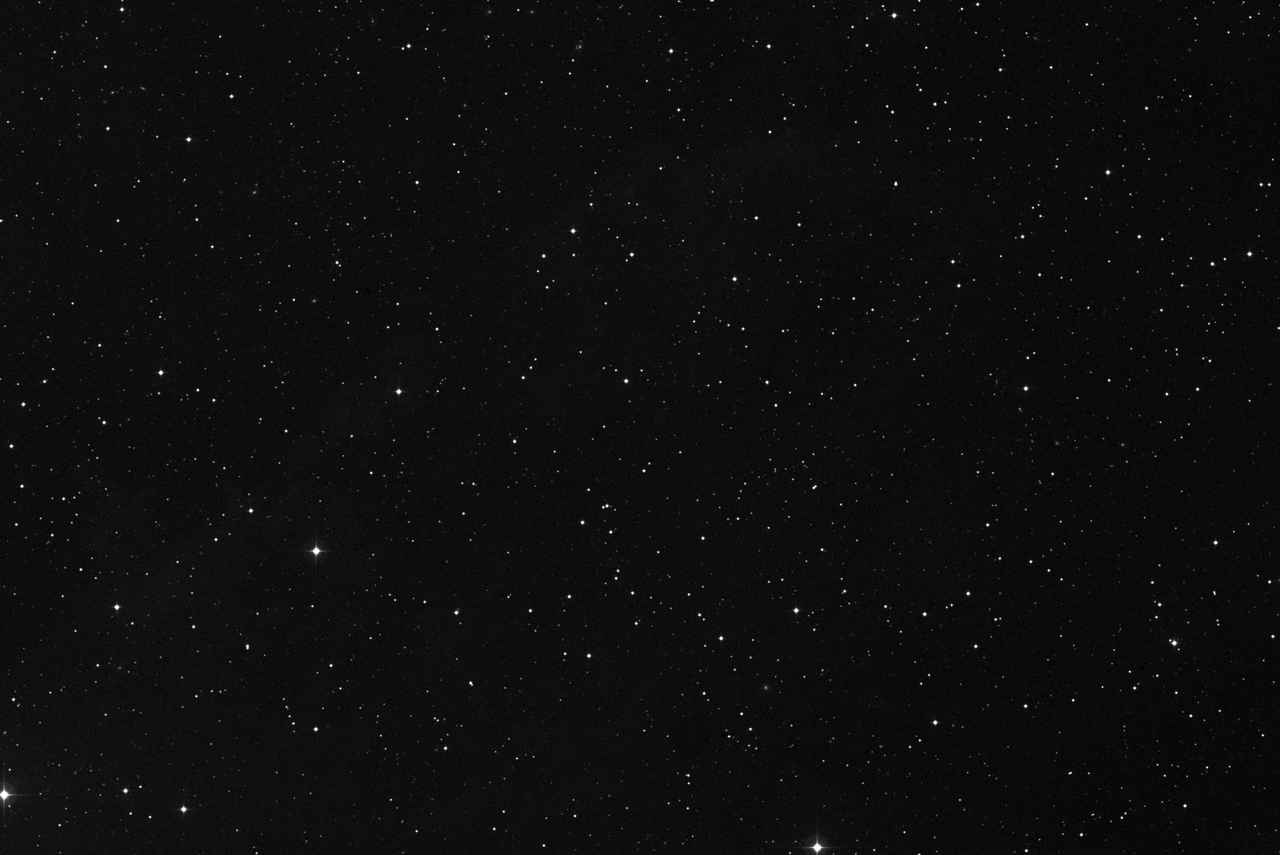Uranus
Uranus is in the constellation of Taurus, at a distance of
Finder Charts
The sky charts below show, at different resolutions, the position of Uranus in the sky. Click on each chart to access the interactive star map tool.
The following map uses photographic imagery from the Digitized Sky Survey (DSS) to realistically visualize the precise position of Uranus against the stars in the background. The horizontal size of the map measures 60 arcminutes. Click on the image to access a more detailed full-screen view.


Equatorial Coordinates
Apparent
J2000
Additional Information
Rise and Set Times
The following table lists today's rise, transit and set times of Uranus from Greenwich, UK (all times relative to the local timezone Europe/London):
If you need to access this information frequently for your observations, you can create a simple customized Quick Access page, so that you can easily bookmark it in your browser favorites or add a shortcut to your mobile phones' home screen.
Distance from Earth
The distance of Uranus from Earth is currently
The following graph shows the distance of Uranus from Earth as a function of time. In the chart the distance is measured in Astronomical Units and the data is sampled with an interval of 1 day.
Note: The values in this chart may not be entirely accurate around the time of closest approach for objects passing very close to Earth at high speed (e.g., Near-Earth Objects).
The value of the distance of Uranus from Earth is also available as a real time updated value in the live position tracker.
Closest Approach to Earth
In the period between January 1, 1600 and December 30, 2499, the closest approach of Uranus to Earth will happen on Saturday 21 March 2471 at a distance of 17.260466 Astronomical Units, or 2,582,128,904 kilometers:
Note: the values for the closest approach are computed with a sampling interval of 1 day.
Light Curve
The following chart shows the light curve of Uranus, i.e., its apparent magnitude as a function of time. The curve is calculated using the latest ephemerides provided by JPL Horizons. The magnitude data is sampled with the interval of 2 days. Because of this sampling, inaccuracies may occur for objects that have large variations of brightness over a few days. For comets, large discrepancies can arise between the calculated brightness and the observations due to their highly dynamic, and not always precisely predictable, behavior.
Physical Properties
The table below lists the known key physical properties of Uranus.
| Physical Parameter | Value | Relative to Earth |
|---|---|---|
| Diameter | 50724 km | 3.9809 |
| Mass | 86.8103 x 1024 kg | 14.5358 |
| Density | 1.27 gr/cm3 | 0.2303 |
| Escape Velocity | 21.38 km/s | 1.9106 |
| Sideral Rotation | -17.2399 hours | -0.7203 |
| Absolute Magnitude | -7.19 | |
| Geometric Albedo | 0.51 |
15 Days Ephemeris
The following table lists the ephemerides of Uranus computed for the past and next 7 days, with a 24 hours interval. Apparent celestial coordinates are provided.
| Date | Right AscensionR.A. | DeclinationDec. | MagnitudeMag | Apparent DiameterDiameter | Constellation |
|---|---|---|---|---|---|
| Jul 03 2025 | 03h 50m 38s | +19° 54’ 06” | 5.82 | 3.5” | Taurus |
| Jul 04 2025 | 03h 50m 50s | +19° 54’ 42” | 5.82 | 3.5” | Taurus |
| Jul 05 2025 | 03h 51m 01s | +19° 55’ 17” | 5.82 | 3.5” | Taurus |
| Jul 06 2025 | 03h 51m 13s | +19° 55’ 52” | 5.81 | 3.5” | Taurus |
| Jul 07 2025 | 03h 51m 24s | +19° 56’ 26” | 5.81 | 3.5” | Taurus |
| Jul 08 2025 | 03h 51m 35s | +19° 56’ 59” | 5.81 | 3.5” | Taurus |
| Jul 09 2025 | 03h 51m 46s | +19° 57’ 33” | 5.81 | 3.5” | Taurus |
| Jul 10 2025 | 03h 51m 57s | +19° 58’ 07” | 5.81 | 3.5” | Taurus |
| Jul 11 2025 | 03h 52m 07s | +19° 58’ 38” | 5.81 | 3.5” | Taurus |
| Jul 12 2025 | 03h 52m 18s | +19° 59’ 11” | 5.81 | 3.5” | Taurus |
| Jul 13 2025 | 03h 52m 28s | +19° 59’ 43” | 5.80 | 3.5” | Taurus |
| Jul 14 2025 | 03h 52m 39s | +20° 00’ 13” | 5.80 | 3.5” | Taurus |
| Jul 15 2025 | 03h 52m 50s | +20° 00’ 44” | 5.80 | 3.5” | Taurus |
| Jul 16 2025 | 03h 53m 00s | +20° 01’ 15” | 5.80 | 3.5” | Taurus |
Additional Resources on TheSkyLive
- Uranus: Complete reference information on TheSkyLive.com.
- Where is Uranus?: Key information on where to find Uranus in the sky.
- Distance of Uranus from Earth: Find out how far Uranus is from Earth right now.
- How Bright is Uranus?: Current visual brightness (magnitude) and apparent size.
- Rise and Set Times: Rise and set times of Uranus from your location.
- Interactive Sky Map: Planetarium-style interactive visualization of Uranus's position in the sky.
- Live Position Tracker: High precision real time tracker of Uranus's position using deep space imagery.
- Ephemeris: 15 days Uranus's computed ephemeris.
- Physical Data: Detailed information about physical properties of Uranus.










